The Art and Tradition of the Gille: A Deep Dive into Belgian Folklore
Introduction to the Gille
In the world of rich cultural traditions, Belgium stands out with its unique folklore, prominently featuring the enigmatic figure known as the Gille. Celebrated during the world-renowned Binche Carnival, the Gille is more than just a costumed character; it is an embodiment of centuries-old customs, fervor, and the vibrant spirit of the Belgian people. While the figure may not be as universally recognized as some other cultural icons, its significance within Belgian society is profound and deeply cherished.
Origin and Historical Significance
The origins of the Gille can be traced back to the 14th century, though its roots may be even older. Some historians suggest that the Gille may have connections to ancient pagan rituals, while others argue that it is a product of medieval influences. One popular legend cites the arrival of Mary of Hungary, then governor of the Netherlands, to the city of Binche. The locals, eager to honor her visit, staged a grand pageant with fanciful costumes, among which the Gille was born.
The Gille has since evolved into a symbol of communal identity and resilience. The character is traditionally associated with Shrove Tuesday, a day of festivity preceding the solemnity of Lent. During the Binche Carnival, the Gille becomes the living heartbeat of the celebration, captivating both participants and spectators with its unique presence.
Costume and Symbolism
One of the most striking aspects of the Gille is its elaborate costume, which is rich in symbolism and artistry. Typically, a Gille wears a white cotton suit adorned with red, yellow, and black heraldic motifs that represent the Belgian nation. These motifs, handmade with incredible precision, often feature lions and crowns. The costume's intricate design is not just for aesthetic appeal but holds historical and cultural significance.
The Gille's outfit is completed with a ram mask, which is uniquely crafted and can weigh up to 15 kilograms. The mask, with its large white feathers forming a towering headdress, is a symbol of status and tradition. These feathers are said to be a representation of the sun's rays, symbolizing light, life, and abundance. Throughout the parade, the Gille also carries oranges, which are thrown into the cheering crowds as a symbol of prosperity and happiness.
The Role and Importance of the Gille in the Binche Carnival
The Binche Carnival, recognized by UNESCO as a Masterpiece of the Oral and Intangible Heritage of Humanity, is where the Gille truly comes to life. The celebration involves several days of music, dance, and history, but the appearance of the Gille on Shrove Tuesday is the pinnacle. The ritual of the Gille is not just an event to behold but a rite of passage for the males in the community, starting from a young age. For many families, having a member participate as a Gille is a matter of great pride and honor.
The Gille’s morning begins early, marked by the rhythmic sounds of drumbeats echoing through the streets of Binche. Dressed in their intricate costumes, the Gilles assemble in their respective groups, moving in unison through the town. The air is filled with excitement as they perform their traditional dance, stepping to the beat of the drums, a repetitive and almost hypnotic movement that adds to the allure of the spectacle.
As the day progresses, the throwing of oranges by the Gilles becomes a major highlight. This act, initially puzzling to outsiders, is considered a gesture of good fortune. Catching an orange tossed by a Gille is often seen as a blessing, bringing luck and prosperity for the year to come.
Conclusion
The Gille, with its rich history, elaborate costume, and profound cultural significance, is much more than just a figure in a parade. It represents a celebration of heritage, community spirit, and the continuity of tradition. For the people of Binche and Belgium as a whole, the Gille is a cherished icon, a testament to their resilience, creativity, and the enduring power of cultural identity. As we delve deeper into understanding the Gille and its role in the Binche Carnival, we uncover a story that is both unique to Belgium and universally inspiring in its celebration of life, joy, and community.
Preparing to Become a Gille
Becoming a Gille is not just a whimsical childhood dream in the town of Binche; it is a journey filled with anticipation, preparation, and family traditions that are passed down through generations. The selection and preparation process play a crucial role in maintaining the authenticity of this age-old tradition.
For many, it starts at a young age. Boys grow up watching their fathers, uncles, and older siblings don the iconic garb, perform the dances, and take part in the fervor of the carnival. They eagerly wait for the day they themselves can step into the wooden clogs of a Gille. Preparation begins months before the carnival, as the Gilles and their families meticulously plan the logistics of costumes, participate in rehearsals, and engage in communal activities that strengthen the bond within the community.
The creation of a Gille costume is an intricate process, steeped in tradition and craftsmanship. The suit and accessories are carefully crafted by skilled artisans who have honed their craft over the years. The making of the ruffs, bells, and masks is done with great reverence, ensuring that each piece remains true to its historical essence. For many families, owning a Gille costume is akin to possessing a family heirloom, passed down from one generation to the next.
The Societal Impact of the Gille
The Gille tradition extends beyond the festivities, serving as a cultural bridge that connects the past with the present. This embodiment of Belgian folklore fosters a sense of community and continuity, anchoring people in shared cultural values.
Participating or spectating at the Binche Carnival and witnessing the Gille tradition instills a sense of pride and identity among Belgians. It serves as an annual reminder of their distinctive cultural heritage and the strength of their local traditions. This invaluable cultural phenomenon is not just a local spectacle but a source of national pride that draws international attention, bringing together people from diverse backgrounds to celebrate the richness of Belgian folklore.
Moreover, the economic impact of the carnival is noteworthy. The event attracts tourists from all over the world, filling local hotels and restaurants and boosting the area's economy. It supports local artisans, costume makers, musicians, and small businesses, all of whom contribute to the success and continuation of the carnival.
Cultural Influences and Evolution
While the Gille holds firm to its traditional roots, it has not been immune to the influences of modernity. Over the years, certain aspects of the tradition have evolved in response to societal changes and contemporary influences. This evolution has been instrumental in keeping the tradition relevant to younger generations while maintaining its authenticity.
For instance, while the foundational elements of the Gille costume and dance have remained largely intact, there have been subtle modifications and personalizations that reflect modern sensibilities. This contemporary touch adds a layer of uniqueness to each performance, allowing each Gille to express individuality within the bounds of tradition.
Furthermore, digital media and social networks have played a significant role in spreading awareness and appreciation of the Gille tradition beyond Belgium's borders. Videos and images of the Gille in action during the Binche Carnival are shared globally, sparking interest and curiosity among those unfamiliar with Belgian cultural folklore. This exposure has led to increasing international recognition and has paved the way for cultural exchanges that enrich the Binche Carnival experience.
The Gille and Belgian Identity
The symbolism of the Gille within Belgian society extends to embody national identity and cultural cohesion. In a country characterized by its diversity, with both French-speaking Wallonia and Dutch-speaking Flanders, the Gille stands as a unifying figure. Despite linguistic and cultural differences within the country, the Gille tradition represents a collective Belgian heritage, a pride that transcends regional boundaries.
As such, the Binche Carnival, with the Gille at its core, is a poignant reminder of the country's communal roots and shared history. It becomes an opportunity for Belgians to gather in celebration, reflecting on their cultural milestones and looking forward to future traditions. It encourages dialogue across cultural lines, fosters understanding, and strengthens national unity.
Conclusion of Part Two
As we delve further into the intricacies of the Gille and its role within Belgian culture, we begin to appreciate the depth of tradition, community involvement, and cultural dialogue it inspires. The Gille is not merely a participant in the carnival; it is a living testament to the enduring legacy of Belgian heritage. In a world where cultures continuously blend and evolve, the Gille stands as a beacon of authentic tradition, a reminder of the importance of preserving cultural identity while embracing the changes that come with time. As we anticipate the upcoming celebrations and look forward to the future of the Binche Carnival, the Gille remains a figure of fascination, pride, and cultural affirmation.
Challenges and Preservation of the Gille Tradition
Despite the Gille's revered status and the Binche Carnival's popularity, the tradition faces challenges in the modern era. Societal shifts, economic pressures, and the pervasive influence of globalization have all posed potential threats to the Gille's continuity. However, these challenges also offer opportunities for growth and adaptation, ensuring the tradition's resilience and relevance.
One of the primary challenges is the balancing act between maintaining authenticity and integrating contemporary influences. While it's crucial to preserve the core elements that define the Gille, modern interpretations and inclusivity efforts are essential for engaging younger generations. Educators and cultural advocates work tirelessly to promote understanding and appreciation of the Gille within educational curriculums, encouraging community participation from all backgrounds.
Economic factors also play a significant role. As the cost of materials and craftsmanship rises, sustaining the tradition becomes a consideration for families and communities dedicated to keeping the art of the Gille alive. To address this, local governments and cultural organizations provide support through grants, sponsorships, and initiatives aimed at reducing financial burdens. These efforts also focus on safeguarding the artisans and craftspeople whose livelihoods are intertwined with the Gille tradition.
The Gille in Contemporary Media and Popular Culture
The Gille has transcended the realm of folklore to become an enduring symbol within Belgium, making notable appearances in art, literature, and even media. Documentaries and films often explore the cultural tapestry of the Gille and the Binche Carnival, providing audiences with a window into the cultural richness and communal bonds that define this institution.
Artists and writers frequently draw inspiration from the Gille, portraying it in paintings, sculptures, and stories that explore its symbolism and historical journey. These creative expressions serve to both document and celebrate the Gille, ensuring its place within the broader narrative of European cultural heritage. By engaging with the Gille through various artistic mediums, these modern interpretations contribute to a living legacy that continues to evolve alongside its cultural setting.
Even within the world of social media, where fleeting trends often dominate, the Gille has managed to capture the imagination of many. Photographs and videos taken during the Binche Carnival are widely shared, showcasing this vibrant tradition to a global audience. This digital presence not only enriches cultural dialogues but also strengthens international bonds through shared appreciation and respect for cultural diversity.
The Future of the Gille and the Binche Carnival
Looking ahead, the future of the Gille and the Binche Carnival seems promising, yet calls for thoughtful stewardship. As communities and cultural custodians strive to keep these traditions alive, it becomes vital to align preservation efforts with sustainable practices that can weather societal changes.
Education remains a fundamental pillar in these efforts, fostering cultural literacy and raising awareness about the Gille among younger generations. Programs that teach the history, craftsmanship, and rituals involved in becoming a Gille work to instill a sense of pride and responsibility—not only for those directly involved but for the community as a whole.
Furthermore, fostering international cooperation with other countries' festivals and cultural events could lead to collaborative exchanges, sharing insights and strategies that help adapt traditions to modern contexts. Such initiatives can fortify the Gille's relevance on a global scale, illustrating how cultural traditions, when preserved and celebrated, can become stalwart symbols of unity and identity.
The Gille as a Cultural Ambassador
Beyond its role in the Binche Carnival, the Gille serves as a cultural ambassador that exemplifies the importance and beauty of local traditions in the global cultural mosaic. In an era characterized by rapid change and globalization, the Gille stands as a testament to the enduring power and value of cultural heritage.
Its presence acts as a reminder that traditions like the Gille hold the potential to unite people across generations and across cultures—bridging the past with the future, weaving communities with dialogue, and enriching societies with diversity. By maintaining their intrinsic values while embracing the dynamism of modernity, traditions such as the Gille provide a profound opportunity to foster mutual respect, understanding, and appreciation among people from all walks of life.
Conclusion
In conclusion, the Gille is more than just a masked reveler in the Binche Carnival; it is a cultural icon deeply rooted in Belgium's history and identity. As it continues to capture the hearts and imaginations of people both within and outside Belgium, the Gille stands as a testament to the resilience and adaptability of cultural traditions. Preserving, celebrating, and sharing the Gille tradition for future generations is an endeavor that upholds the spirit of Binche and elevates the timeless art of folklore. The Gille's journey is ongoing, unfolding through the stories and experiences of those who embrace its legacy and carry it forward. As we reflect on the past, celebrate the present, and look forward to the future, the Gille remains an essential part of our shared heritage—a beacon of cultural pride and continuity.
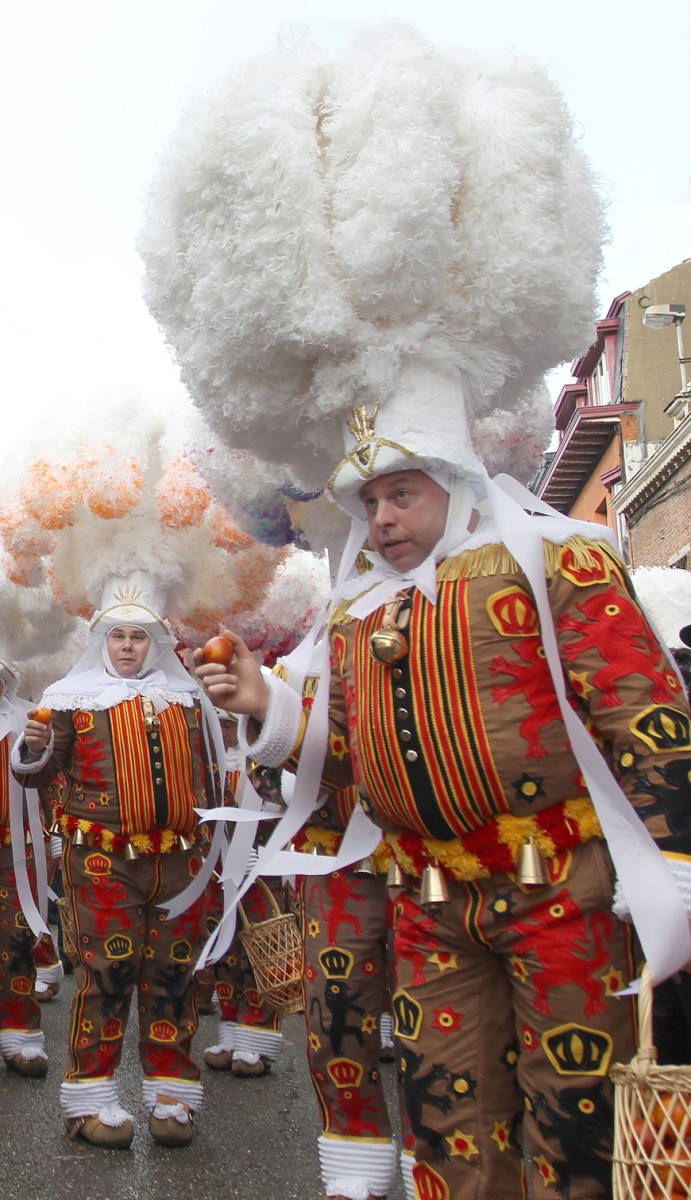






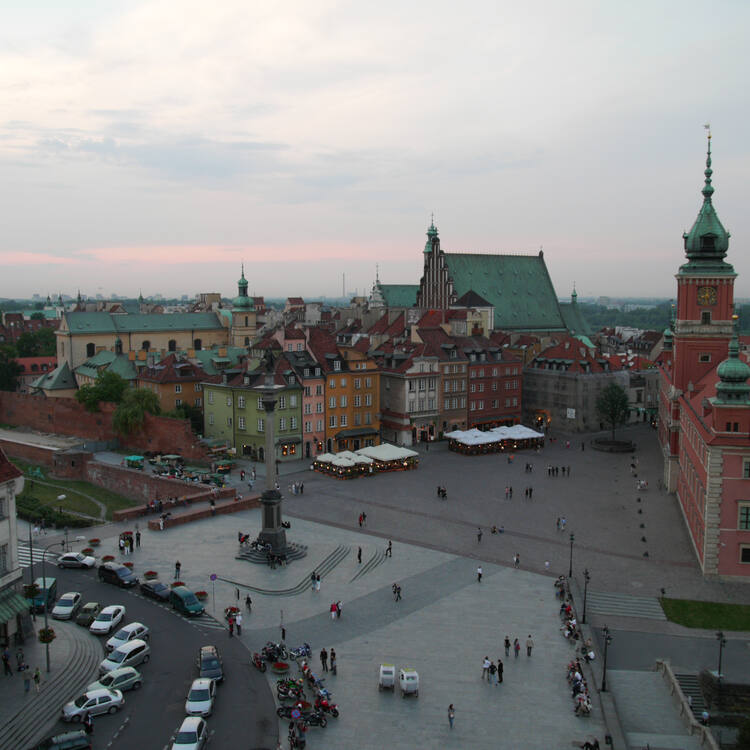


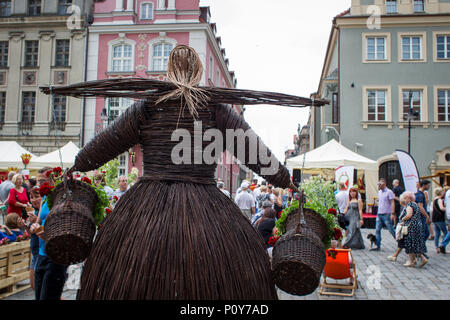
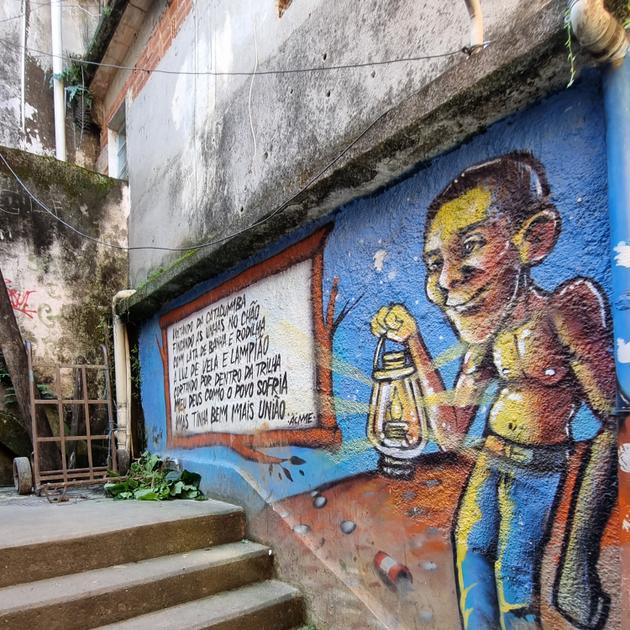



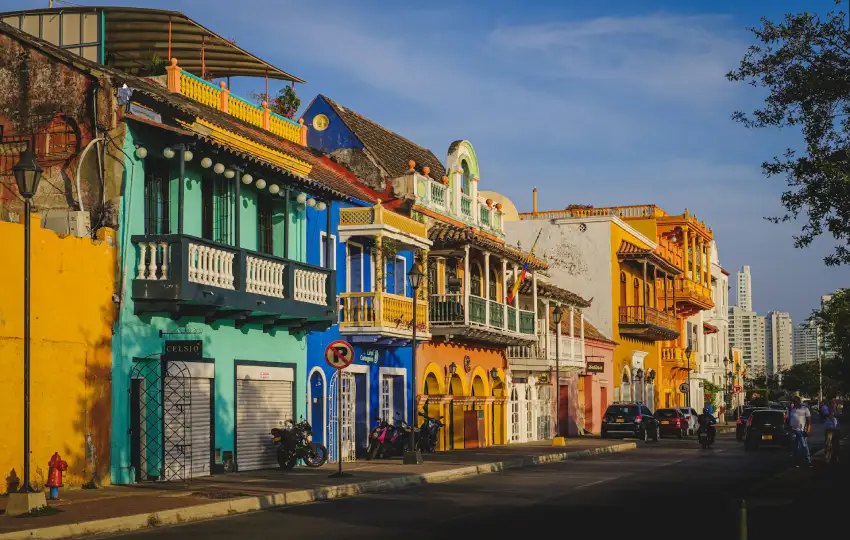






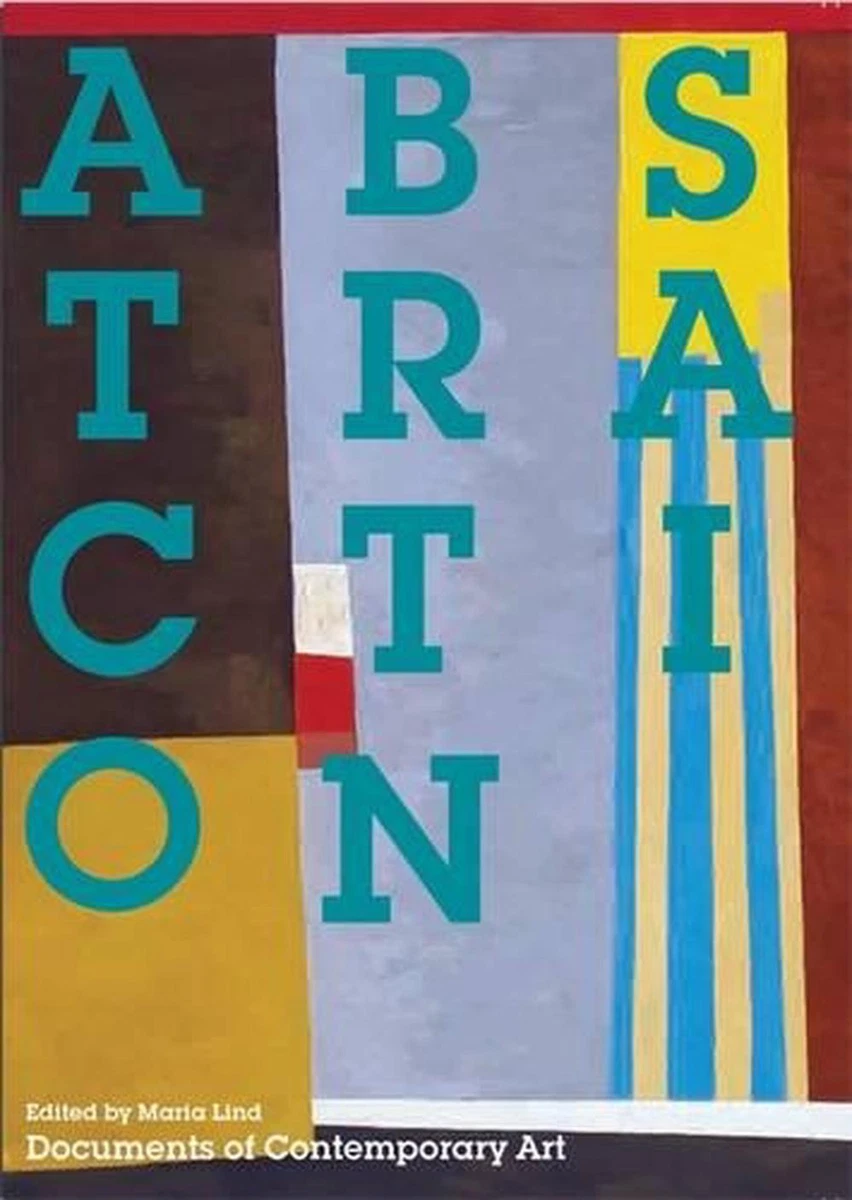
Comments